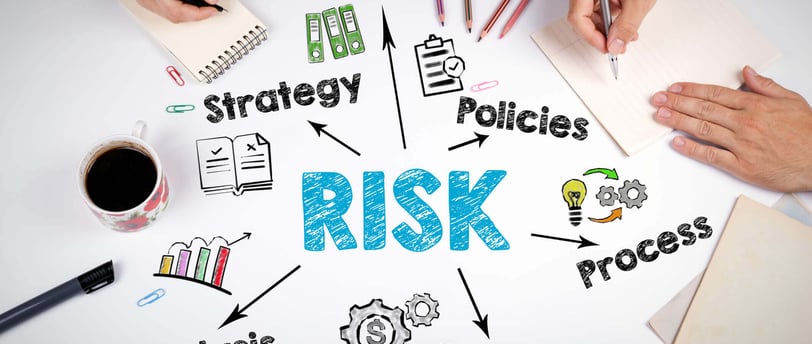How to Perform an Initial Risk Assessment on Your Facility
A simple guide to understanding where your security stands and whether you need to act
PHYSICAL SECURITYRISK ASSESSMENT
D. Evans
5/28/20252 min lezen


When was the last time you took a serious look at your building’s safety and security?
Not just your camera placement or fire exits, but the entire picture?
Whether you manage a school, office block, or multi-use building, understanding your current risk landscape is the first step toward creating a safer, more functional environment.
This guide walks you through how to perform a basic self-assessment to help you decide if it’s time to make improvements or bring in professional support.
Step 1: Define the Purpose of the Space
Start by asking, what is this facility used for, and who uses it each day?
Is it a school, office, logistics hub, or shared building?
Who are the people using the space? (Students, employees, guests, or contractors?)
Are there vulnerable groups involved, such as children or people with disabilities?
Understanding how the space is used helps determine what kinds of risks are most relevant.
Step 2: Walk Through the Site with a Fresh Perspective
Do a physical walkthrough of the building as if you're unfamiliar with it. Ask yourself:
Can someone enter the building unnoticed?
Are fire exits clearly marked and easily accessible?
Is access to restricted areas properly controlled?
Are there cameras in key locations and are they functioning well?
Are there poorly lit areas, confusing signage, or unmonitored entrances?
This step helps you see what users and intruders alike might notice.
Step 3: Group Vulnerabilities into Categories
Organize your observations under practical headings:
Physical security: Entry systems, door controls, visitor check-in process
Environmental: Lighting, ventilation, temperature, noise
Operational: Emergency procedures, staff awareness, maintenance routines
Technological: CCTV quality, alarm systems, access card tech, automation
You don’t need to solve everything today. Just take note of what seems vulnerable, outdated, or missing entirely.
Step 4: Consider How People Use the Space
Buildings don’t run on systems alone. Think about how people interact with the space:
Do staff and users feel secure?
Have there been security incidents or near misses?
Are people following the intended movement routes, or are they creating their own flow?
Even the best systems fail if they don’t align with real-world behavior.
Step 5: Score the Risk Levels
A simple risk matrix helps you prioritize:
Risk Likelihood Impact Priority
Rear entrance left unlocked High Medium High
No lighting near parking Medium Low Medium
Manual sign-in for visitors Low Medium Low
This gives you a quick overview of what should be addressed urgently and what can be planned for later.
Step 6: Decide If External Support Is Needed
After this exercise, reflect on your findings:
Are these issues that can be handled internally?
Would an external viewpoint identify risks you've missed?
Could a professional assessment save you time, money, or liability?
If you're unsure what to tackle first or how to resolve key issues, it's a good moment to consider expert help.
Final Thoughts
You don’t need to wait for something to go wrong to make your space safer.
Even a basic self-assessment gives you clarity and direction. In many cases, it also reveals where professional support can add value and peace of mind.
At Point Five Consulting, we offer independent risk assessments, tailored improvement plans, and ESG-aligned strategies for schools, businesses, and public spaces.
Get in touch at david@pointfiveconsulting.com or visit www.pointfiveconsulting.com to explore how we can support your goals.
CONSULTING
Advisory built on clarity, control and care.
Sustainability
Security
© 2025. All rights reserved.
